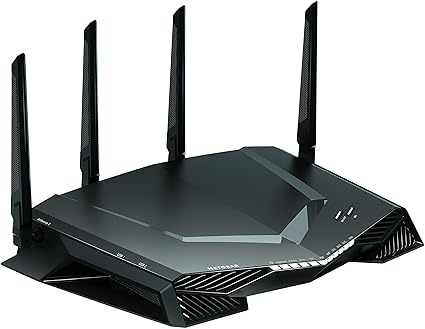
Routing is a process which is performed by layer 3 (or network layer) devices in order to deliver the packet by choosing an optimal path from one network to another.
1. Static routing –Static routing is a process in which we have to manually add routes in the routing table.
2. Default Routing –This is the method where the router is configured to send all packets towards a single router (next hop). It doesn’t matter to which network the packet belongs, it is forwarded out to the router which is configured for default routing. It is generally used with stub routers. A stub router is a router that has only one route to reach all other networks.
3. Dynamic Routing –Dynamic routing makes an automatic adjustment of the routes according to the current state of the route in the routing table. Dynamic routing uses protocols to discover network destinations and the routes to reach it. RIP and OSPF are the best examples of a dynamic routing protocol. The automatic adjustment will be made to reach the network destination if one route goes down.

A router is a hardware device designed to receive, analyze and move incoming packets to another network. It may also be used to convert the packets to another network interface, drop them, and perform other actions relating to a network. The picture shows the Linksys BEFSR11 wireless router and is what many home routers resemble.
A router has a lot more capabilities than other network devices, such as a hub or a switch that is only able to perform basic network functions. For example, a hub is often used to transfer data between computers or network devices but does not analyze or do anything with the data it is transferring. By contrast, routers can analyze the data being sent over a network, change how it is packaged, and send it to another network or over a different network. For example, routers are commonly used in home networks to share a single Internet connection between multiple computers.





No comments:
Post a Comment